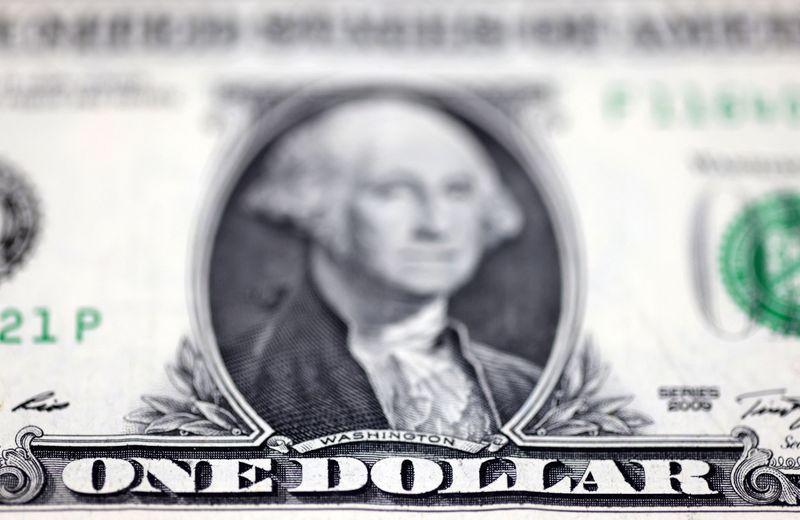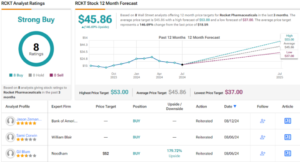Squeeze on carry trades leaves currency markets on edge

By Ankur Banerjee
SINGAPORE (Reuters) – The U.S. dollar was nursing steep losses on Tuesday, with the yen on the back foot after a sharp rise in the previous session as traders contend with unwinding of popular carry trades and the prospect of deep rate cuts from the Federal Reserve.
The yen was 1% lower on Tuesday at 145.78 per dollar in early trading, after rising for five straight sessions and touching a seven-month high of 141.675 on Monday. The yen was also lower against the Australian dollar, euro and sterling.
Last week’s softer-than-expected U.S. jobs data, along with disappointing earnings from major tech firms and heightened concerns over the Chinese economy, have sparked a global sell-off in stocks, oil and high-yielding currencies.
On Monday, the global rush out of riskier assets took a staggering turn, with equity markets in meltdown mode as worries that the U.S. is heading for a recession roiled investors.
U.S. central bank policymakers pushed back on Monday against the notion that weaker-than-expected July jobs data means the economy is in recessionary freefall, but also warned that the Federal Reserve will need to cut rates to avoid such an outcome.
“Sell-offs that manifest themselves through wild swings in the currency markets are sharp and swift, but usually very short lived,” said Jamie Cox, managing partner at Harris Financial Group.
“Markets are clearly nervous about the divergent paths central banks are taking, leading to lots of volatility.”
Traders are now anticipating 109 basis points (bps) of easing this year from the Fed, with a 50 bps cut in September priced in at 75% chance, CME FedWatch tool showed.
The surge in the yen also comes in the wake of the Bank of Japan hiking interest rates last week and a sharp position unwind of carry trades, where investors have borrowed money from economies with low interest rates such as Japan or Switzerland, to fund investments in higher-yielding assets elsewhere.
The yen’s fortunes have shifted since Tokyo stepped in to prop up the currency last month, lifting it away from the 38-year lows of 161.96 per dollar it was rooted to barely a month ago.
“The conditions had been ripe for yen funded carry trades for some time,” said James Athey, fixed income portfolio manager at Marlborough Investment Management, referring to wide interest rate differentials between the U.S. and Japan, prohibitive hedging costs for Japanese investors and low equity volatility.
“However yen undervaluation had become extreme and all the other conditions were shifting and much like in 2008 when that occurs the yen appreciation can be swift and aggressive.”

The , which measures the U.S. unit versus six rivals, was flat at 102.87 in early trading after touching a seven-month low of 102.15 on Monday.
The euro was little changed at $1.095275, while the sterling was slightly stronger at $1.2789.








